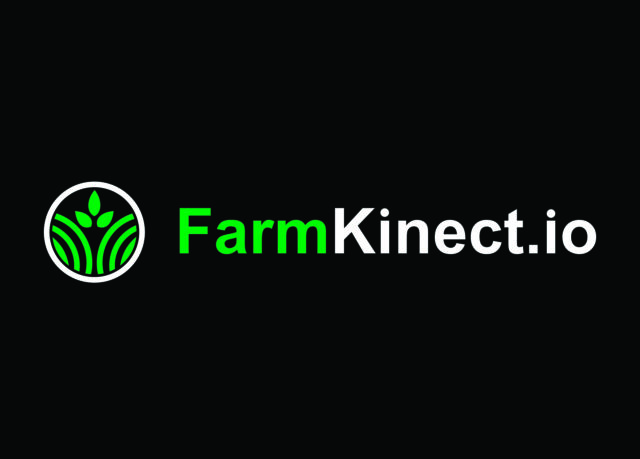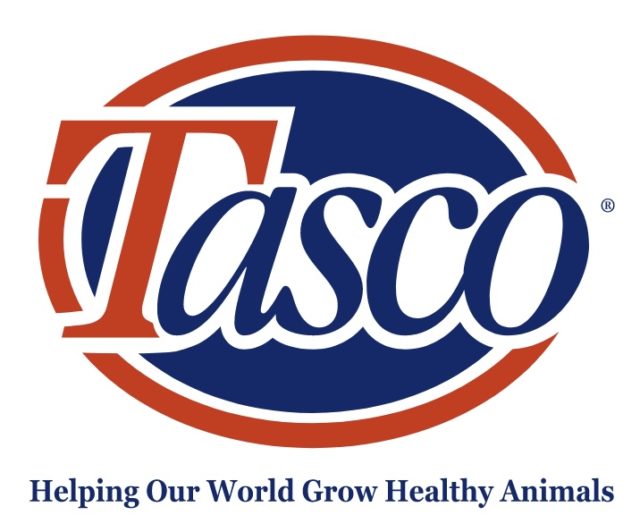Dr. Neil Michael has built his career on improving dairy cow reproduction and nutrition, and in his new role as president of the Dairy Cattle Reproduction Council, he looks forward to continuing the organization’s efforts to translate scientific research into applied solutions at the farm level.
Michael discussed his observations and industry experience with dairy cattle reproduction, as well as the purpose and initiatives of his organization, with Progressive Dairyman Editor Peggy Coffeen.

What is your background and experience related to dairy cattle reproduction?
MICHAEL: I spent 13 years as a practicing dairy veterinarian, focused on herd health and reproductive management. From there, I worked for ABS Global for 11 years as director of the Global TS Group, where our focus was on helping customers implement effective reproductive programs on their operations.
I then spent three years with a nutrition company, providing diets and technical support for dairy operations before joining Arm and Hammer Animal Nutrition as a senior business manager. Our group’s efforts focus on optimizing herd productivity, including reproductive outcomes on commercial dairies.

Describe your involvement with DCRC.
MICHAEL: I have been a member of DCRC for six years. On the committee level, I have been involved with the program committee for three years and the finance committee for two years. Most recently, I served as DCRC’s vice president before assuming the role of president as of November 2013.

How is DCRC structured?
MICHAEL: DCRC’S membership consists of dairy producers, industry, academia, private consultants, vets and nutritionists from around the world with a mission of providing the most current knowledge to improve reproductive outcomes and efficiency on dairies. An eight-person board of directors representing those interests determines the directives of the organization.

What events and programs does DCRC offer to dairy producers and industry professionals?
MICHAEL: We host an annual meeting that brings together dairy producers, industry and academia. The agenda for this meeting is a good representation of what we feel are the opportunities in dairy cattle reproduction. We have talks on cow behavior, cow management, design, nutrition and emerging technologies. These are the core subjects of our programs.
We also recognize dairy herds for their outstanding reproductive programs through the DCRC Reproduction awards.
Further, the DCRC website provides online resources including recommended reproduction protocols along with proceedings and poster presentations from previous DCRC annual meetings. DCRC also offers a webinar series on important reproductive topics throughout the year.

What do you think a dairy producer can gain from these events, programs and resources?
MICHAEL: The format for DCRC is to not only provide information but also to help people implement it into a successful on-farm program. Our resources have practical applications on the farm level. They provide talking points to involve the veterinarian, nutritionist and other members of the dairy operation’s team to consider new methods and tools for improving reproductive performance based on research.

In its eight-year history, how has DCRC’s work influenced how we manage reproduction on dairies?
MICHAEL: DCRC’s founding objective to improve reproductive efficiency on dairies can be seen through the herds that win the annual reproduction awards. One of the big things DCRC did initially that helped with that was to introduce synchronization protocols, followed by the standardization of those protocols.
We have also made huge progress in managing the transition period. By getting cows off to a healthy start, everything else falls in place 60 to 90 days later. The way we manage and feed cows through transition sets us up for better reproductive outcomes.

Through your professional experience working with reproduction programs, what trends have you observed?
MICHAEL: Early on, we tried to fix broken reproduction programs with synchronization programs. Some responded well, but others did not, in part because their transition programs were not optimal.

How will pressure from an animal welfare perspective influence reproduction practices on dairies in the future?
MICHAEL: With each step we take to improve reproductive efficiency and heat-detection systems, we become more and more consumer friendly. As we improve the environment for the cow and our ability to manage animals, it becomes easier for animals to exhibit heats and become pregnant, thus creating a system that is better for herdsmen, the cow and the consumer.

What opportunities lie ahead in the field of dairy cattle reproduction?
MICHAEL: Overall, we are continuing to incorporate knowledge in many areas, including cow environments, behavior, nutrition and emerging technology, into a balanced program that optimizes reproductive performance.
Managing the transition period is even more important as we look toward the next level of opportunities. If we can get that right, we have a good opportunity to reduce variation on those cows and keep them performing at a high level.
Technology also presents huge opportunities going forward. With tools like early pregnancy diagnosis, activity monitoring and rumination detection, we are better able to tighten those windows to find open cows and improve the chances of getting them pregnant. PD

Peggy Coffeen
Editor
Progressive Dairyman







